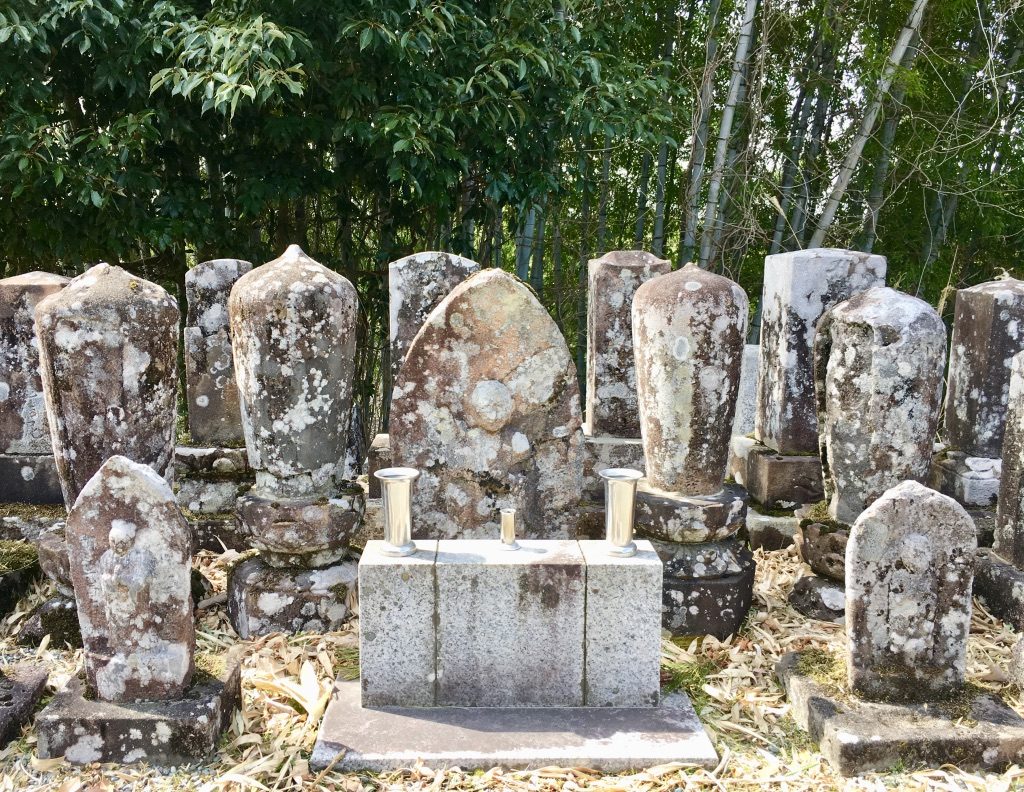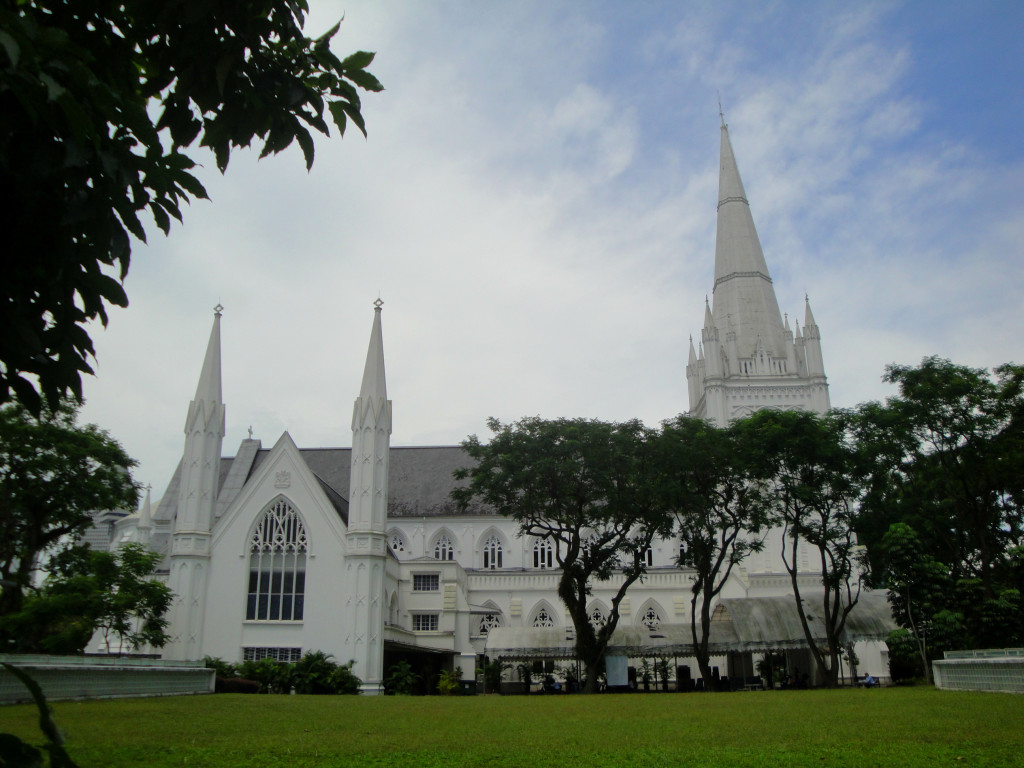Learn about what binds us all together as human beings in my article for the April issue of the Singapore American Newspaper:

Across every culture, creed and continent, we human beings venerate and respect our dead. In hyper-modern Singapore, evidence of this is rarely on display amidst the mania for improving efficiency, the omnipresent internet that can fill every spare moment, and the competition for top positions in schools and companies. But several times a year, local families do take breaks from the nation’s frenetic pace to celebrate traditions that honor their departed loved ones. The most well-known of these is the Hungry Ghost Festival, when the souls of the dead are believed to roam the earth, much like Halloween. But also like Halloween, it has evolved from a somber memorializing ritual into a more lighthearted, commercialized event. The Qing Ming Festival, on the other hand, remains a low-key time for families to come together to pray at the graves of ancestors.
These visits can occur during the ten days before or after the Qing Ming Festival, which occurs about two weeks after the spring equinox (April 5 this year). In order to avoid traffic jams, large crowds and high temperatures during the day, many Singaporeans opt to go after dark or in the early morning. In addition to cleaning the gravesite, families light incense and candles, make offerings of food and drinks, and burn joss paper gifts. Taoist and Buddhist institutions observe the occasion with prayers and rituals performed on behalf of the deceased.
Known as Tomb Sweeping Day in English, Qing Ming’s origin is commonly traced back to Jie Zhitui, a 7th century Chinese nobleman who was revered as a model of self-sacrificing loyalty. Jie followed his wrongly-accused prince into exile and was by his side until the prince was installed as the duke of the state of Jin. The duke was generous to those who had helped him in adversity, but Jie was unfortunately overlooked and so withdrew to seclusion in the forests near Mount Mian. When Jie failed to reappear despite the duke’s attempts to lure him back, the duke ordered a forest fire to smoke Jie out of hiding but Jie was instead burnt alive. In remorse, the duke inaugurated the Cold Food Festival to memorialize him. This festival accrued the elements of ancestral veneration during the Tang Dynasty, and the present importance of Qing Ming is attributed to Emperor Xuanzong, who wanted to curb the excessive, ostentatious ceremonies wealthy citizens were holding to honor their ancestors. In AD732, he declared that respects could be formally paid just once a year, on Qing Ming.
As with most ancient traditions, Qing Ming has been adapted for the modern era. The variety of burnable paper offerings has expanded to include replicas of cars and Louis Vuitton handbags. Homage websites and online memorial halls have flourished in Mainland China. The biggest change in Singapore, however, is that a number of families now bring offerings to niches in columbariums where the ashes of their loved ones are stored. (In Chinese tradition, it’s terrible luck for the living and the dead to reside in the same space, so the ashes of the deceased are never stored in the home.) Due to scarcity of land and growth in population, by 1985 Singapore had reclaimed 21 cemeteries in order to repurpose the plots. Approximately 120,000 graves were exhumed and moved to columbariums. Today, the state-owned Choa Chu Kang cemetery is the only remaining place open for new burials, but with the caveat that the gravesite will be exhumed for cremation after 15 years. It is thus incredibly busy during Qing Ming.
While there is no universally accepted theory on the origins of our honoring the dead, the earliest undisputed human burial dates back 100,000 years. And there is some evidence that even hundreds of thousands of years earlier, Neanderthals were burying their deceased with precious items. It’s not surprising then that Qing Ming shares much in common with so many other countries’ practices: Dia de los Muertos in Mexico, Pchum Ben in Cambodia, Obon in Japan, Famadihana in Madagascar, Galungan in Bali, All Saints’ Day in Christian culture, and the list goes on. These rituals not only allow us to celebrate those who have come before us, they also illuminate how connected we the living are to one other.

